Any recommendations for a small tree (under 18 ft)?
wenifred
19 years ago
Related Stories

SMALL SPACESHow to Make Any Small Room Seem Bigger
Get more from a small space by fooling the eye, maximizing its use and taking advantage of space-saving furniture
Full Story
LANDSCAPE DESIGNKoi Find Friendly Shores in Any Garden Style
A pond full of colorful koi can be a delightful addition to just about any landscape or garden
Full Story
GARDENING GUIDESPrunus Virginiana Thrives Under Deciduous Trees
Plant chokecherry for showy white flowers favored by native bees in spring, and to provide nesting habitat and food for birds
Full Story
LANDSCAPE DESIGNSmall Garden? You Can Still Do Bamboo
Forget luck. Having bamboo that thrives on a wee plot just takes planning, picking the right variety, and keeping runners in check
Full Story
GARDENING GUIDES5 Best-Behaved Trees to Grace a Patio
Big enough for shade but small enough for easy care, these amiable trees mind their manners in a modest outdoor space
Full Story
FARM YOUR YARDIf You Have Room for Only One Fruit Tree ...
Juice up a small garden with one of these easier-care or worth-the-effort fruit trees for a mild climate
Full Story
LANDSCAPE DESIGNPretty Trees for Patios, Paths and Other Tight Spots
Choose trees for their size, shape and rate of growth — or shape them to fit your space. Here's how to get started
Full Story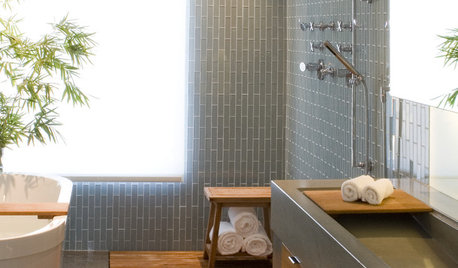
BATHROOM DESIGN18 Knockout Ideas for Wooden Floor Showers
Look to an often-forgotten material choice for shower floors that radiate beauty in almost any style bathroom
Full Story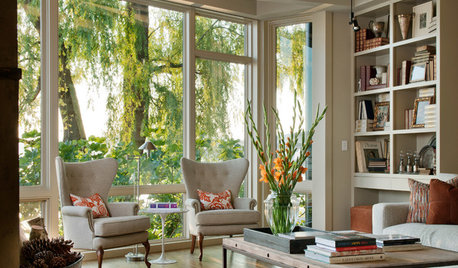
MOST POPULAR12 Key Decorating Tips to Make Any Room Better
Get a great result even without an experienced touch by following these basic design guidelines
Full Story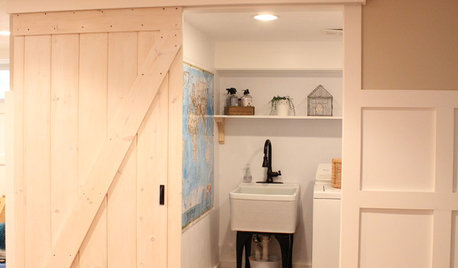
DIY PROJECTSMake Your Own Barn-Style Door — in Any Size You Need
Low ceilings or odd-size doorways are no problem when you fashion a barn door from exterior siding and a closet track
Full Story





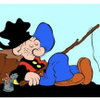
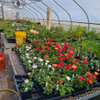
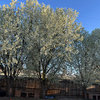
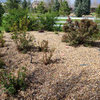
canyon_home
popmama (Colorado, USDA z5)
Related Professionals
Allentown Landscape Architects & Landscape Designers · Ilchester Landscape Architects & Landscape Designers · Fairhope Landscape Contractors · Fort Payne Landscape Contractors · Garland Landscape Contractors · La Verne Landscape Contractors · Lyndhurst Landscape Contractors · Mission Bend Landscape Contractors · Oak Forest Landscape Contractors · Painesville Landscape Contractors · San Rafael Landscape Contractors · Selma Landscape Contractors · Emeryville Solar Energy Systems · La Mirada Solar Energy Systems · Norton Solar Energy Systemsanimas
canyon_home
animas
sagebrushred
wenifredOriginal Author
canyon_home
david52 Zone 6
sagebrushred
wenifredOriginal Author
wenifredOriginal Author
dirtboy58
wenifredOriginal Author
sagebrushred
canyon_home
wenifredOriginal Author
canyon_home
wenifredOriginal Author
bcreighton7
tacapollo
Benmd
eastautumn
emagineer
steviewonder
bunkers